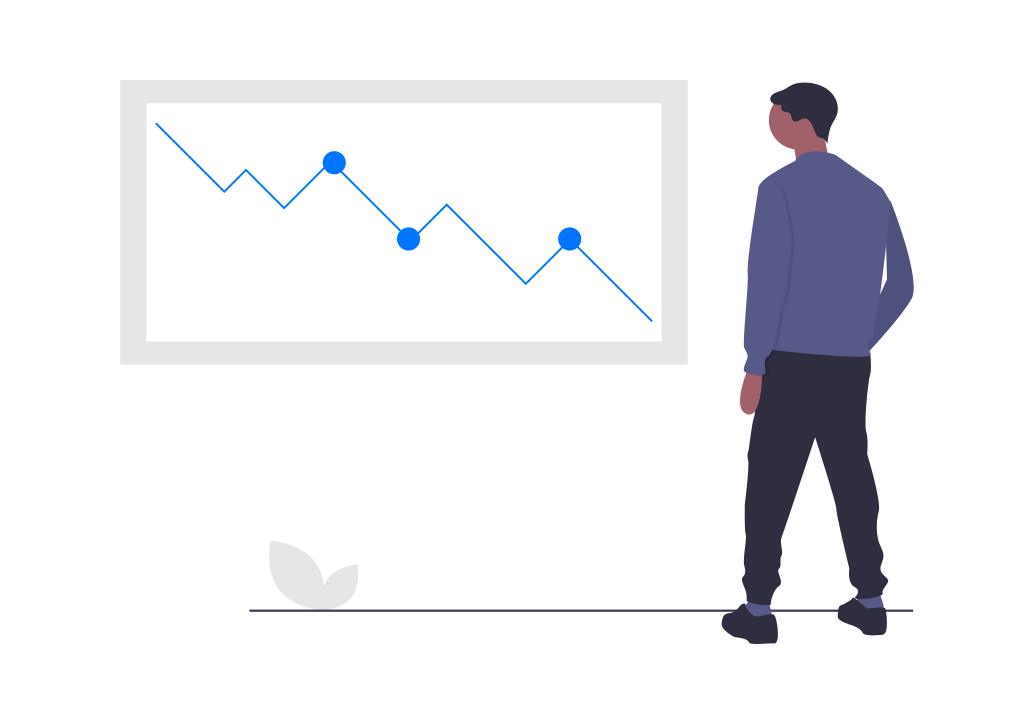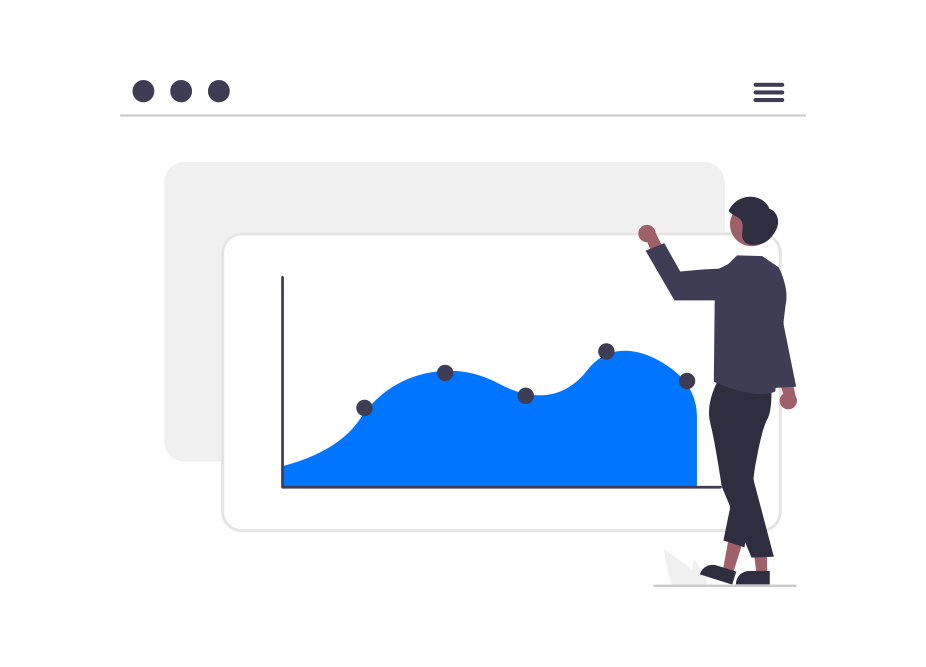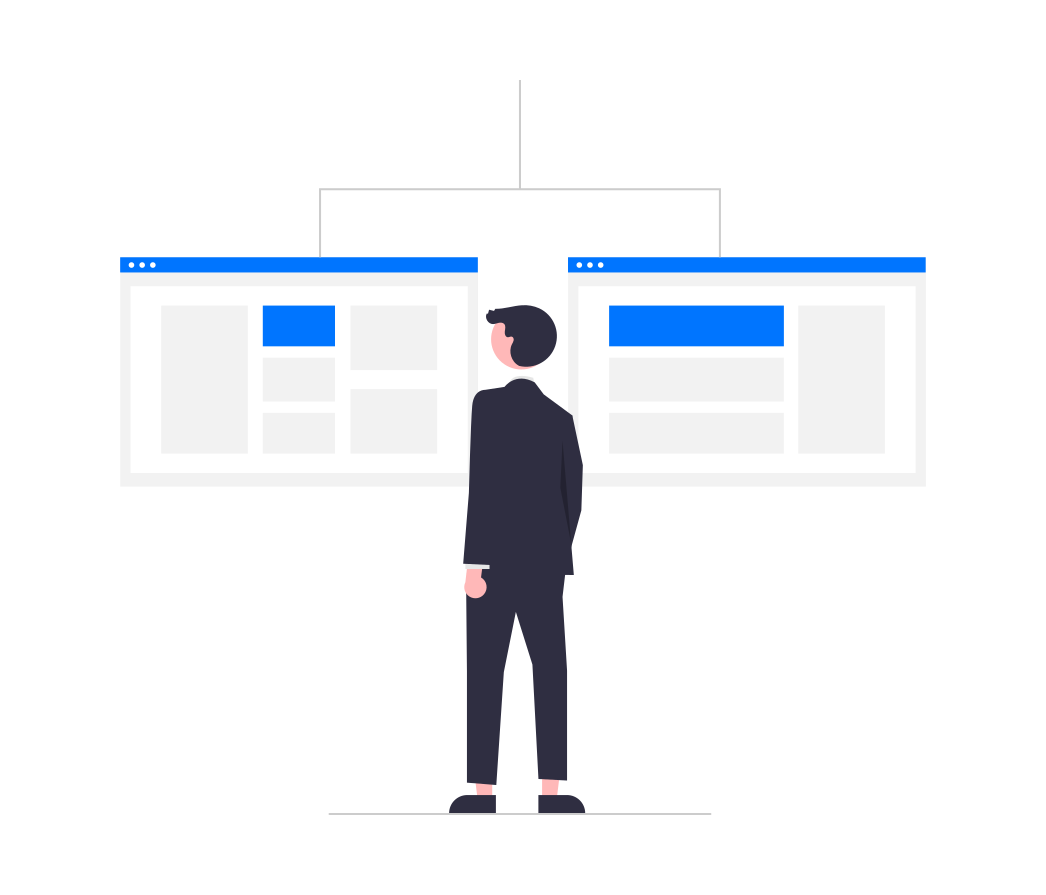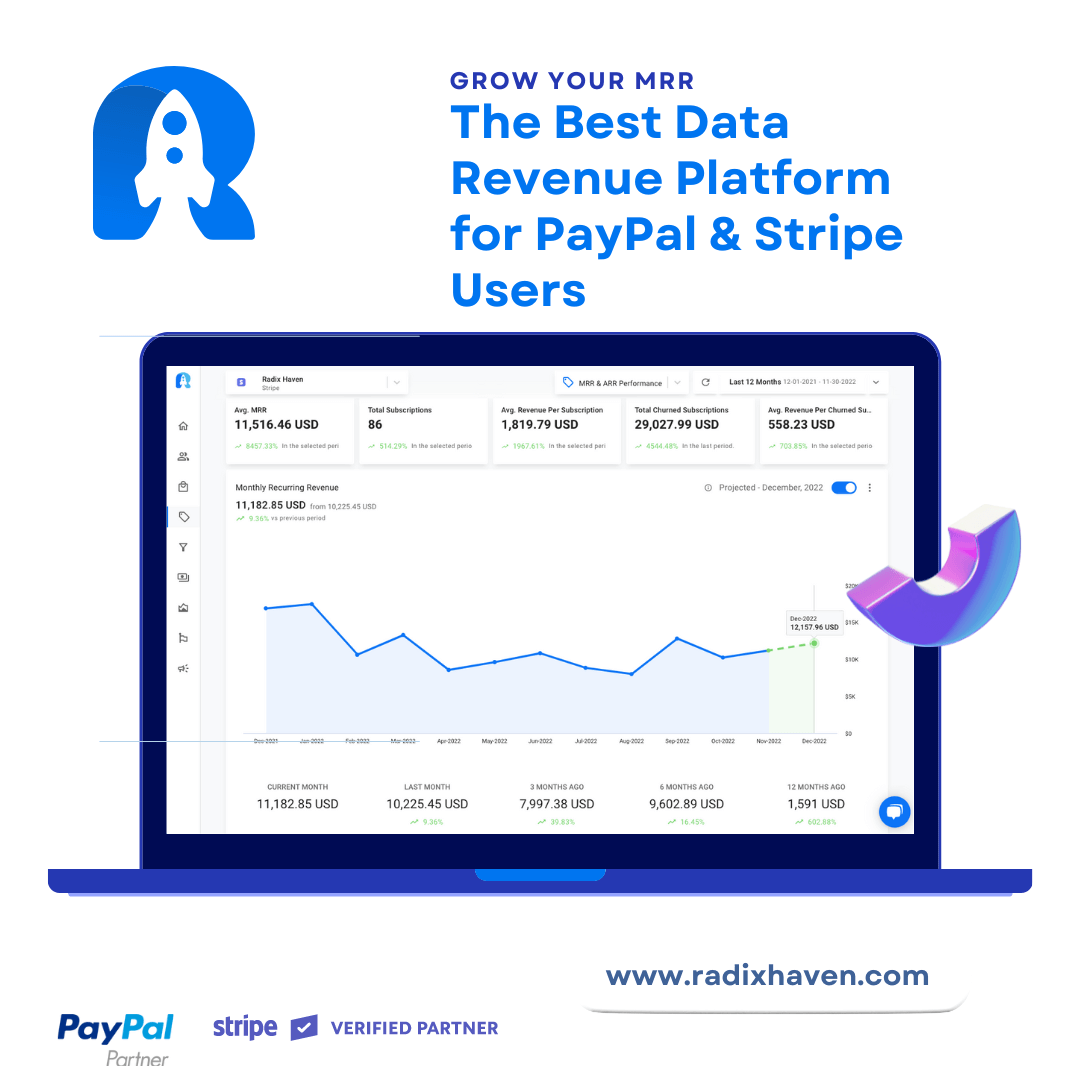In the fast-paced world of Software as a Service (SaaS), finding ways to maximize revenue and retain customers is crucial for success. One strategy that has gained significant attention is net negative churn. In this article, we’ll explore the definition of net negative churn, examine industry benchmarks, and provide actionable tips for SaaS companies to implement this strategy effectively.
Introduction
Net negative churn refers to the ability of a SaaS company to offset customer churn by generating additional revenue from existing customers. This means that the expansion revenue achieved through upsells, cross-sells, or upgrades exceeds the revenue lost from churned customers. Net negative churn is a powerful metric that indicates your company is not only retaining customers but also growing revenue within your existing customer base.

Understanding the Impact of Net Negative Churn
Net negative churn is more than just a buzzword – it can have a significant impact on the financial health and growth of a SaaS company. By focusing on expanding revenue from existing customers, businesses can reduce their reliance on acquiring new customers to drive growth. In fact, studies have shown that it is five to twenty-five times more expensive to acquire a new customer than to retain an existing one.
Companies that implement net negative churn strategies often experience higher customer lifetime value (CLTV), increased profitability, and improved overall customer satisfaction. By focusing on upselling and cross-selling to existing customers, SaaS companies can deepen their relationships, provide additional value, and ultimately grow their revenue.

Key Strategies for Achieving Net Negative Churn
To achieve net negative churn, SaaS companies need to implement effective strategies that encourage customers to increase their spending and usage. Here are some key strategies to consider:
- Upselling: Identify opportunities to offer upgraded plans or additional features to customers based on their needs and usage patterns. This can be done by analyzing their usage data and proactively suggesting relevant upgrades.
- Cross-selling: Offer complementary products or services that align with your customers’ needs. By cross-selling, you can increase the value delivered to your customers while growing your revenue.
- Retention: Focus on providing exceptional customer service and proactively addressing any issues or concerns. By keeping your customers satisfied and engaged, you can reduce churn and increase the chances of upselling or cross-selling.

Benchmarks and Industry Standards
To measure the effectiveness of your net negative churn strategy, it’s essential to understand industry benchmarks and standards. While benchmarks can vary depending on factors such as company size and target market, it’s helpful to have some benchmarks to compare against.
According to industry reports, a healthy net negative churn rate is typically between 0% and 2%. SaaS companies with aggressive growth targets may aim for a net negative churn rate above 2%. By benchmarking your net negative churn rate against industry standards, you can identify areas for improvement and set realistic goals for your company.

Tips and Best Practices
Implementing a net negative churn strategy requires careful planning and execution. Here are some tips and best practices to consider:
- Customer Success: Invest in a robust customer success team that focuses on increasing customer satisfaction and driving successful product adoption. By ensuring your customers are achieving their desired outcomes, you can create upsell and cross-sell opportunities.
- Pricing Optimization: Continuously evaluate and optimize your pricing model to provide value to your customers while maximizing your revenue potential. Consider offering tiered pricing plans or adding premium features to encourage customers to upgrade.
- Data-Driven Insights: Leverage data analytics tools to gain deep insights into customer behavior and identify upsell or cross-sell opportunities. By measuring the right metrics and analyzing customer data, you can make data-driven decisions to drive net negative churn.
Tracking Revenue Metrics with Radix
To effectively track and optimize your net negative churn strategy, it’s essential to have a reliable revenue metrics tracking tool. One such tool is Radix, a powerful platform that provides real-time insights into critical revenue metrics. Radix helps SaaS companies monitor churn rates, identify upsell opportunities, and optimize pricing strategies. By leveraging Radix, you can boost overall key performance indicators (KPIs) and drive sustainable growth for your business.
|

Conclusion
Net negative churn is a game-changer for SaaS companies looking to maximize revenue and retain customers. By focusing on expanding revenue within your existing customer base, you can reduce customer churn and drive sustainable growth. Implementing strategies like upselling, cross-selling, and retention can help you achieve net negative churn and improve your overall business performance.
Remember to benchmark your net negative churn rate against industry standards and continuously evaluate your pricing model. Additionally, consider leveraging tools like Radix to track revenue metrics, identify growth opportunities, and optimize your net negative churn strategy. By adopting these practices, you can position your SaaS company for long-term success.




